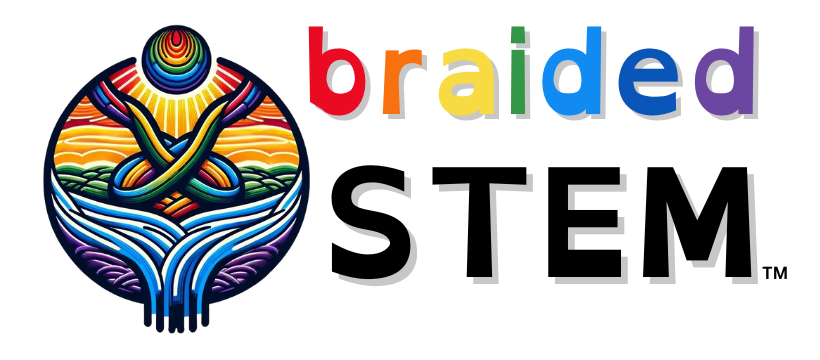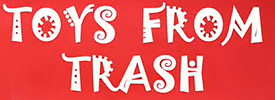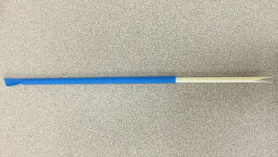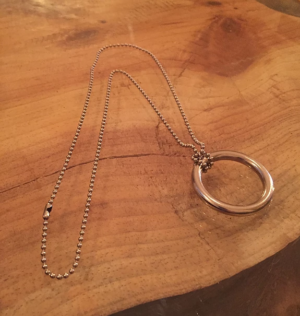Homedale STEMAZing
Adaptations and Allele Theory Cube
An extension of Theory Cube lesson as applied to adaptations and alleles in biology.
Read MoreHelping Students Make Sense of the World Using Next Generation Science and Engineering Practices
If we could recommend only one book to help with implementation of the new science standards, this would be it! When it’s time for a game change, you need a guide to the new rules. Helping Students Make Sense of the World Using Next Generation Science and Engineering Practices provides a play-by-play understanding of the practices strand…
Read MoreQuestions that Blend CCCs and SEPs
These questions merge ideas from the crosscutting concepts and the science and engineering practices.
Read MoreCrosscut Symbols
The Crosscut Symbols below are from Peter A’Hearn. These can be found at http://crosscutsymbols.weebly.com/ with lots of supporting information including critical questions, questions that connect to science and engineering practices, and more for each concept. Teachers and students can also submit their own images for the crosscutting concepts on Peter’s website. Print Version: Cut…
Read MoreHypothesis Cubes – Best Nature of Science Lesson of ALL TIME!
Hypothesis cubes is the BEST nature of science lesson of all time. Engage students to use evidence to support their claims and then demonstrate the way science works by leaving the “answer” unsettled in the end. NOTE: Cubes with “CHEATER” on the bottom included for teachers who feel students who do not follow directions and…
Read MoreBinary #MicDropMath Patterns
The Binary #MicDropMath Patterns lesson can be used to help students recognize patterns, understand how to make multiple hypotheses in science and math, and understand the importance of basing claims on more data rather than less. It also serves as an introduction to the binary number system. The #STEMAZing Project has a series of lessons…
Read MoreToys From Trash
#STEMontheCheap at its best! Toys from Trash is an incredible collection of projects made with inexpensive materials. You will have to consider the minds-on ways you will use these projects to engage students but most work well with our IDEAS Engineering Journal. Harness the power of play! Toys from Trash Philosophy: Our core belief is…
Read MoreStar Wars Sound Machine
Adding a Styrofoam cup as a sounding board to a metal Slinky turns it into a Star Wars sound machine!
Read MoreStraw Oboe
Using two different diameter straws, create an oboe with just a simple cut to create a reed and a little bit of practice.
Read MorePhysics Ring and Chain Trick
NOT MAGIC! Can you master the physics ring and chain trick? Check out the document below the video for directions and info about where to get your own rings and chains by the 100. Don’t want 100? We sell them for $1 each plus shipping if you are out of town. Use our contact form…
Read More



